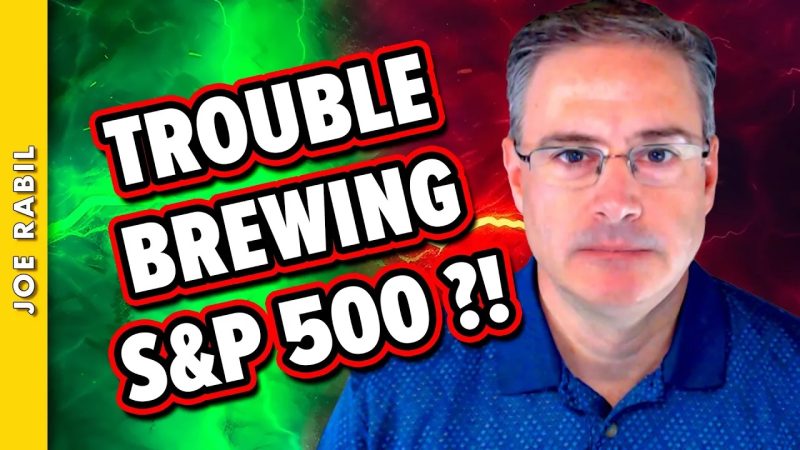In recent times, investors and analysts have been closely monitoring the movements of the S&P 500, one of the most widely-followed stock market indexes in the world. Given the current economic climate and various geopolitical tensions, there are several warning signs that suggest a potential downturn in the S&P 500.
One significant indication is the inverted yield curve. Historically, an inverted yield curve has been a reliable predictor of economic recessions. The yield curve becomes inverted when short-term interest rates are higher than long-term rates, indicating investor pessimism about future economic conditions. This phenomenon has preceded every recession in the past 50 years, making it a crucial indicator to watch.
Another warning sign is the Corporate Profit Margins. As profit margins start to decrease, it may signal a broader economic slowdown. Companies experiencing shrinking profit margins may cut costs, leading to layoffs and reduced spending. This domino effect can have a detrimental impact on the broader economy, including the stock market.
Moreover, High Valuations in the stock market can signal an impending downturn. When stock prices are overvalued relative to historical norms or fundamental metrics like earnings or assets, it may be a sign of a market bubble. Such bubbles tend to burst, causing significant market corrections.
Geopolitical Uncertainty is another factor that could trigger a downturn in the S&P 500. International conflicts, trade disputes, or political instability can create volatility in the markets. Investors may become risk-averse, leading to a sell-off in equities and a decline in the index.
Lastly, Technical Indicators such as moving averages, volume trends, and chart patterns can provide valuable insights into market sentiment and potential reversals. Monitoring these indicators can help investors anticipate market shifts and make informed decisions.
In conclusion, keeping a close eye on these warning signs can help investors navigate turbulent market conditions and potentially mitigate risks associated with a downturn in the S&P 500. By staying informed, monitoring market indicators, and maintaining a diversified portfolio, investors can be better prepared to weather market downturns and capitalize on opportunities as they arise.

